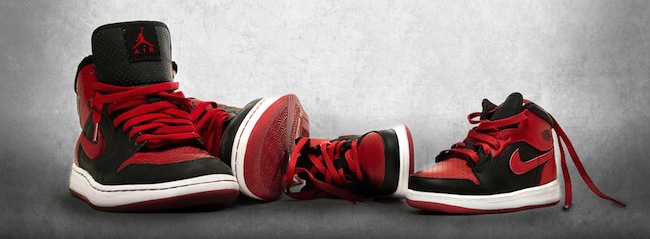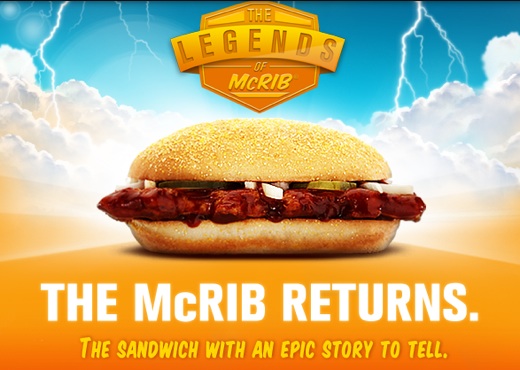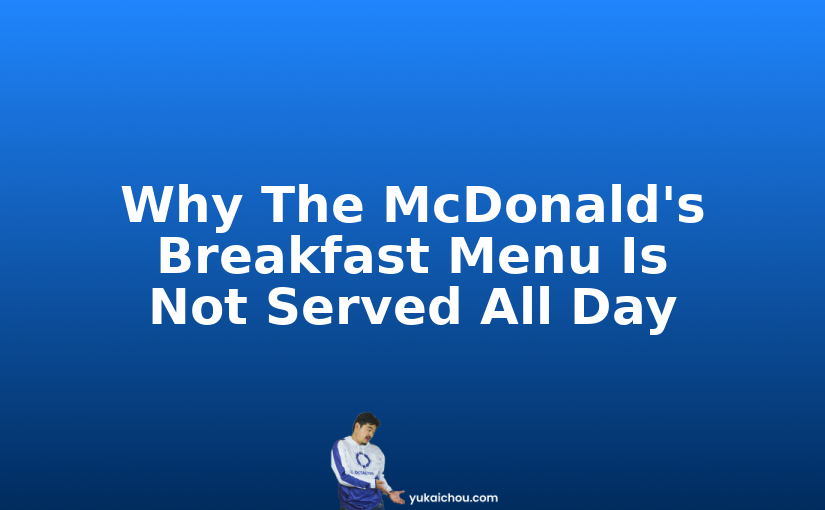
(This is a guest post written by Joseph Yi. Check out his blog at Create & Innovate!)
For food lovers, the McDonald’s Breakfast Menu is the equivalent of diamond. Everyone wants it, but not everyone can have it. Hard to come by and unique, those lucky enough to wake up for it savor each bite, while those who are not so lucky ask the question “Why not serve it all day?”
Starting with the Egg McMuffin in 1972, McDonald’s pioneered breakfast fast food by providing a quick and easy way for consumers to have the ‘most important meal of the day.’ In the United States, most McDonald locations stop serving the McMuffin and their breakfast menu at 10:30AM, with a few stopping at 11:00AM on weekends.
While many fast food and QSR chains have expanded their breakfast menu hours to run all day, most notably Jack in the Box, McDonald’s remains one of the few chain restaurants to serve breakfast only during morning hours, and for good reason. While there are obvious economic reasons in play, such as the differing cooking temperatures for breakfast items vs. lunch items (ie: hamburger patties vs. eggs) and extra staffing requirements, from a marketing and branding standpoint, McDonald’s is an excellent example of Gamification and how not serving it all day has it’s benefits.
The Law of Scarcity
The Law of Scarcity states that when a person perceives that something or someone that they want is in limited quantity that the value of the object will be greater than if it were to be abundant and available.
To clearly understand this, we will use shoes as an example, specifically the Nike Air Jordan brand.

Often the most sought out pairs of shoes when released, the Nike Air Jordan brand was fueled not only by an iconic brand in Michael Jordan, but by a marketing strategy built to drive demand. Rather than produce pairs of shoes based on the demand of the market, Nike often produces a set number of Air Jordans. Regardless of demand for them, Nike brands Air Jordan’s as “get them while you can” products. No matter the outcry and consumer demand, the scarcity and difficulty in acquiring a pair of Air Jordans is what makes it so appealing.
Circle back now to McDonald’s and wee see the same sort of effect. Yes, McDonald’s may sell more by changing the hours during which they offer their breakfast menu, but just how Air Jordan’s have branded themselves as the exclusive shoe for basketball enthusiasts, so has McDonald’s in becoming the go-to fast food destination for breakfast.
How To Create Market Demand For Your Product
You may not have an Egg McMuffin or a fresh pair of Jordans, but there are still plenty of ways to create a demand for your product.
- What’s the emotional connection?The best kind of marketing is the kind that creates an emotional reaction. TOMS Shoesfor example has a great story behind their product:
 With Every Pair You Purchase, TOMS Will Help a Person in Need.
With Every Pair You Purchase, TOMS Will Help a Person in Need.
One for One.In building a very profitable business, TOMS pulls at the emotional strings of consumers by tying purchases with goodwill. Remember: there is always a story to tell with your product. From how people use it to how it is helping do good, sometimes the key is just to dig a little.
- Build HypeOne of the most effective strategies in creating market demand is to build hype before it even launches. Just how cars brands will provide ‘sneak peaks’ of new models, consider ‘teasing’ new products and ideas to your community to generate buzz and interest.
- Be originalThe concept is simple, yet getting there can be much harder. Going back to our example of McDonald’s and their breakfast menu, one will note the originality in their products. Most fast food chains have the same standard breakfast items like the others, but only McDonald’s has the Egg McMuffin and Big Breakfast.Look at your competitors and see what they are doing. It’s easy to copy what they are doing, but what will separate you from the rest and create a demand for your product is how it stands out amongst the competition.
- Limit the opportunityAnother example that we can take away from McDonald’s is the McRib. Comprised of a pork patty, barbecue sauce, onions, and pickles served on a 5½ inch roll, the McRib has become a cult favorite. Served just a time during the calendar year, McDonald’s took this once dying menu item and created a demand for it by introducing creative campaigns such as the “Farewell McRib Tour.”

Taking a tip out of the McDonald’s playbook, limiting the opportunity of a new product or feature is a great way to create a reaction by the market to ‘buy while they still can.’
–
Just like McDonald’s and their breakfast menu, taking simple products and turning them into ‘high-demand’ commodities is all about strategy and planning. Let us know what you think about McDonald’s marketing strategy for their breakfast menu as well as any others that you think are worth mentioning in the comment section below.



